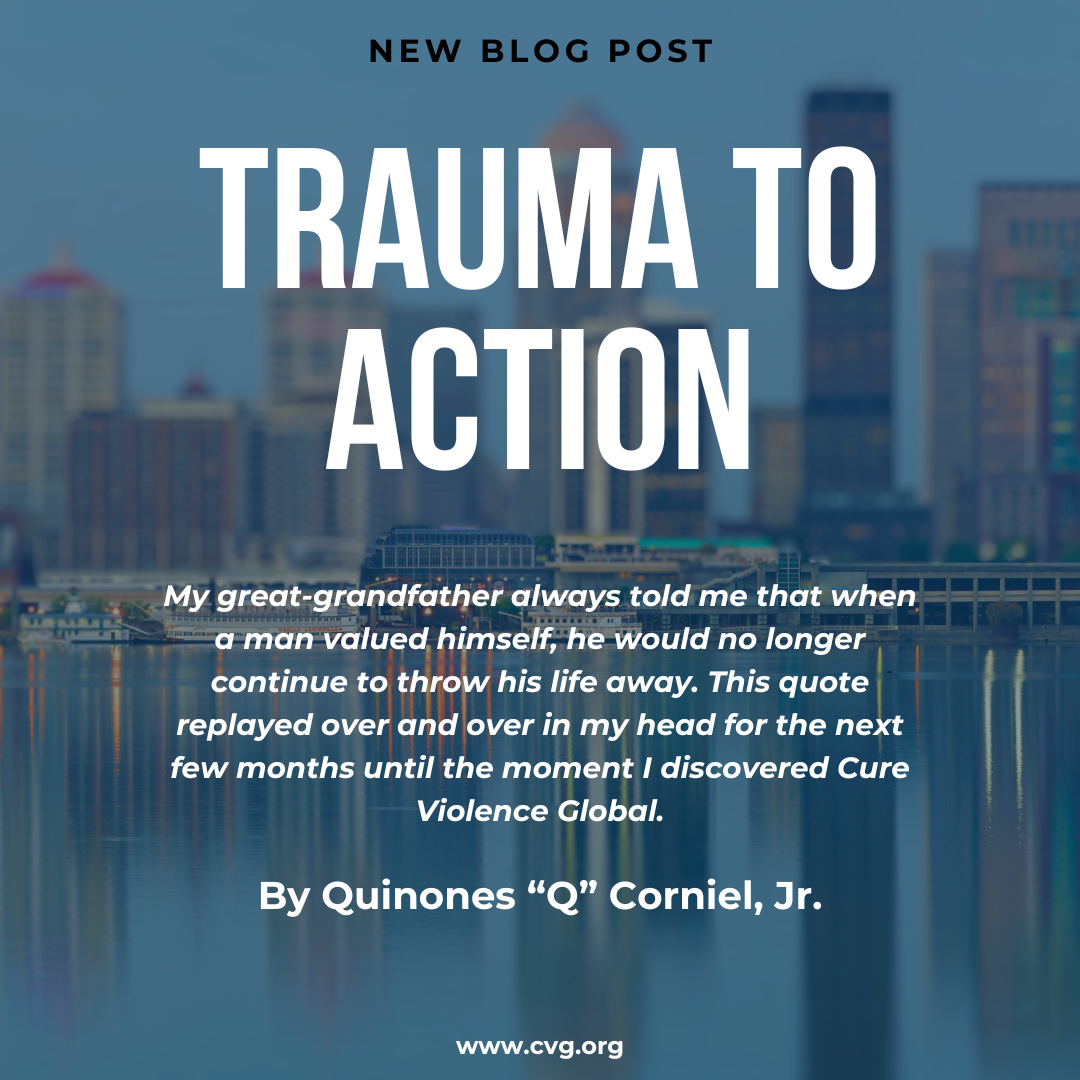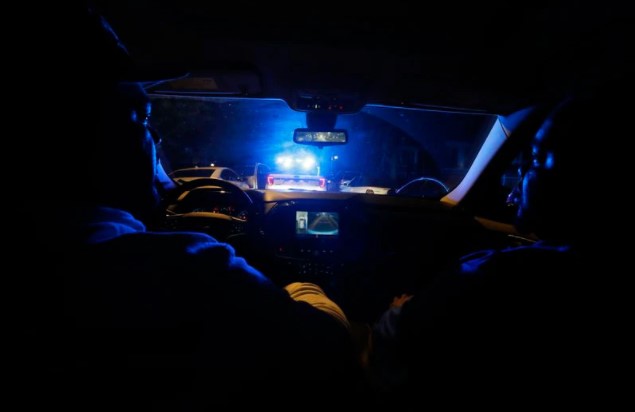 By Quinones “Q” Corniel, Jr.
By Quinones “Q” Corniel, Jr.
It was a hot summer day in July in Louisville. I was sitting in my car at a busy intersection when I noticed two teenagers walking to the local market. There was nothing abnormal about these two young men. They were two ordinary teens going to the neighborhood corner store for a midday slushie on a hot day. They were in the store for no longer than three minutes. However, something was different as they left the store and headed back into the neighborhood.
One of the teens, appearing to be no more than 15 years old and 130 pounds, pulled a firearm from a pocket of his oversized basketball shorts. The young man’s frail build made the weapon much more noticeable. I’m not sure how I missed it when I first saw him. My vehicle was perpendicular to the street the young men were crossing. I expected the young men to pass my car and continue walking back toward the neighborhood, paying me no attention. As both teens got closer, for a split second, I turned my attention to my cell phone. When I lifted my head, I was met with the barrel of a fully loaded .40 caliber handgun staring me in the face, held by the very frail teen.
Only the quarter-inch thick window of my Ford Fusion separated me and the muzzle of the firearm. As I struggled to register that I was involved in a carjacking at gunpoint, the second teen was attempting to open my passenger side door to enter the vehicle. I knew that my safest and only option was to pull off. I was able to drive away quickly and escape safely. The teenagers were apprehended just minutes later.
A Turning Point: “We Must Do Something Different”
During the aftermath, I told myself, “We must do something different.” No longer could we continue to treat violence the same way we have historically. Violence is a toxin that is poisoning the minds and decision-making of our young people much faster and deadlier than ever before. We didn’t need band-aids or quick-fix solutions to behavior change, which often involve incarceration as the most frequently used tool. We needed a cure, a treatment that promoted health and self-worth. We needed Cure Violence Global.
A Conversation for Change
As the victim of an attempted carjacking in which arrests were made, I was required to attend the court proceedings. A common practice is for the prosecutor to ask the victim what they believe a fair resolution to be. My priority was to have a face-to-face conversation with the young men so that I could articulate to them the consequences their decisions had now forced us all to live with.
I wanted them to know and realize that I could have been killed at point-blank range over something as materialistic as a Ford Fusion. I wanted them to know that I could have seriously injured or killed either of them out of self-defense. I needed them to understand the depth of the post-traumatic stress disorder (PTSD) I experience whenever someone unexpectedly approaches a vehicle I’m in. Most of all, I wanted them to know the fear their actions caused my wife and mother to endure when they received the call about the horrific incident.
I also needed them to know that I was no longer upset with them and that I, too, made horrible choices in my teens that I wish I could take back. I needed the young men to know their lives weren’t over and that, though it may seem unimaginable at this moment, life could still be something great for them both. However, these are realities that a 14-year-old cannot always quite grasp on their own, especially in times of survival.
As the son of a man who was sentenced to life in prison just before my 2nd and his 21st birthdays, I understood the grasp violence could have on any one of us if we were faced with the conditions and lack of investment that we see in many communities that suffer from ongoing community violence. My father spent more than half his life in prison before his passing last year, all due to actions similar to those these teens had taken part in.
The presiding judge on our case allowed the conversation to take place as part of the official ruling. After displaying every emotion you could think of, the young men and I were able to walk away shaking hands. And although they were held accountable for their actions by the courts, they were given the opportunity to take steps forward with a clean slate as long as there were no violations of their conditions. As grateful as I was for this resolution, I still felt empty. I felt empty because I couldn’t even wrap my mind around how many other young people could benefit from a similar conversation, maybe even before they found themselves in a situation in which violence is involved and reciprocated.
A Call to Action: Investing in Community Violence Intervention
My great-grandfather always told me that when a man valued himself, he would no longer continue to throw his life away. This was one of many “grandaddy quotes” that replayed repeatedly in my head over the next few months until I discovered Cure Violence Global. As Regional Associate Director for National Programs at CVG, I take pride in knowing I can help people find the value in themselves by assisting communities in creating healthier and safer environments using Cure Violence Global’s data-driven approach.
As a society, we have tried addressing community violence the same way for far too long. Investing in community violence intervention efforts like those CVG offers, empowers communities to address violence holistically by tackling the root causes that place people at high-risk for experiencing violence. Our public health model to reduce violence empowers key individuals in the communities served, who take on the role as credible messengers, elevating their voices rather than suppressing them. For community violence intervention practitioners, researchers, and supporters, I challenge you to simply have a conversation with someone who may be unfamiliar with the benefits of investing in CVI. For those unacquainted with CVI and the CVG model, I challenge you to go to our website (www.cvg.org), reach out to us (info@cvg.org), educate yourself on CVI and its effectiveness, and explore ways to get involved! Community violence, and even more specifically gun violence, is a public health crisis that affects us all, no matter where you come from or currently reside. We all have a seat at the table, and together we can cure violence.


